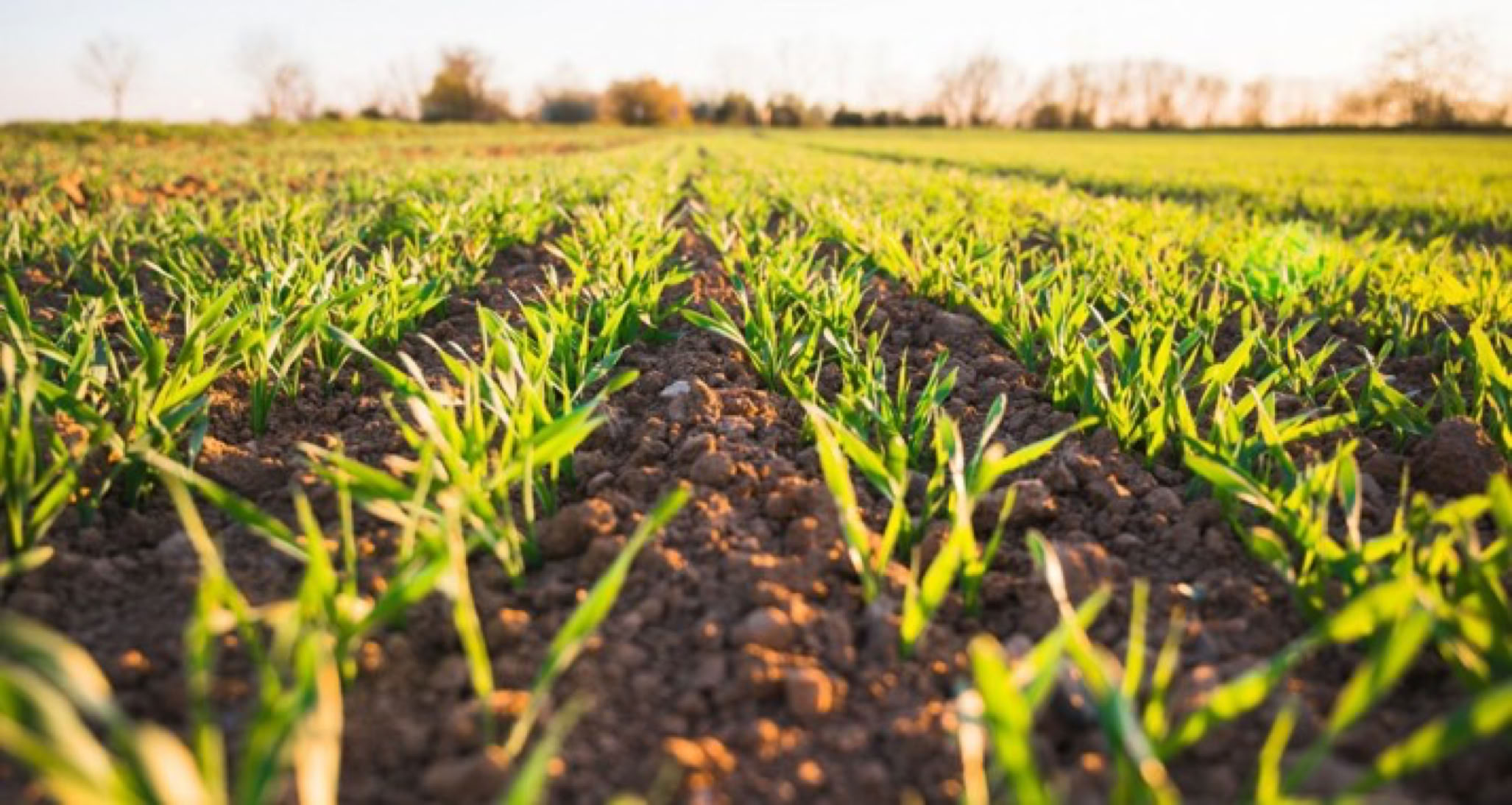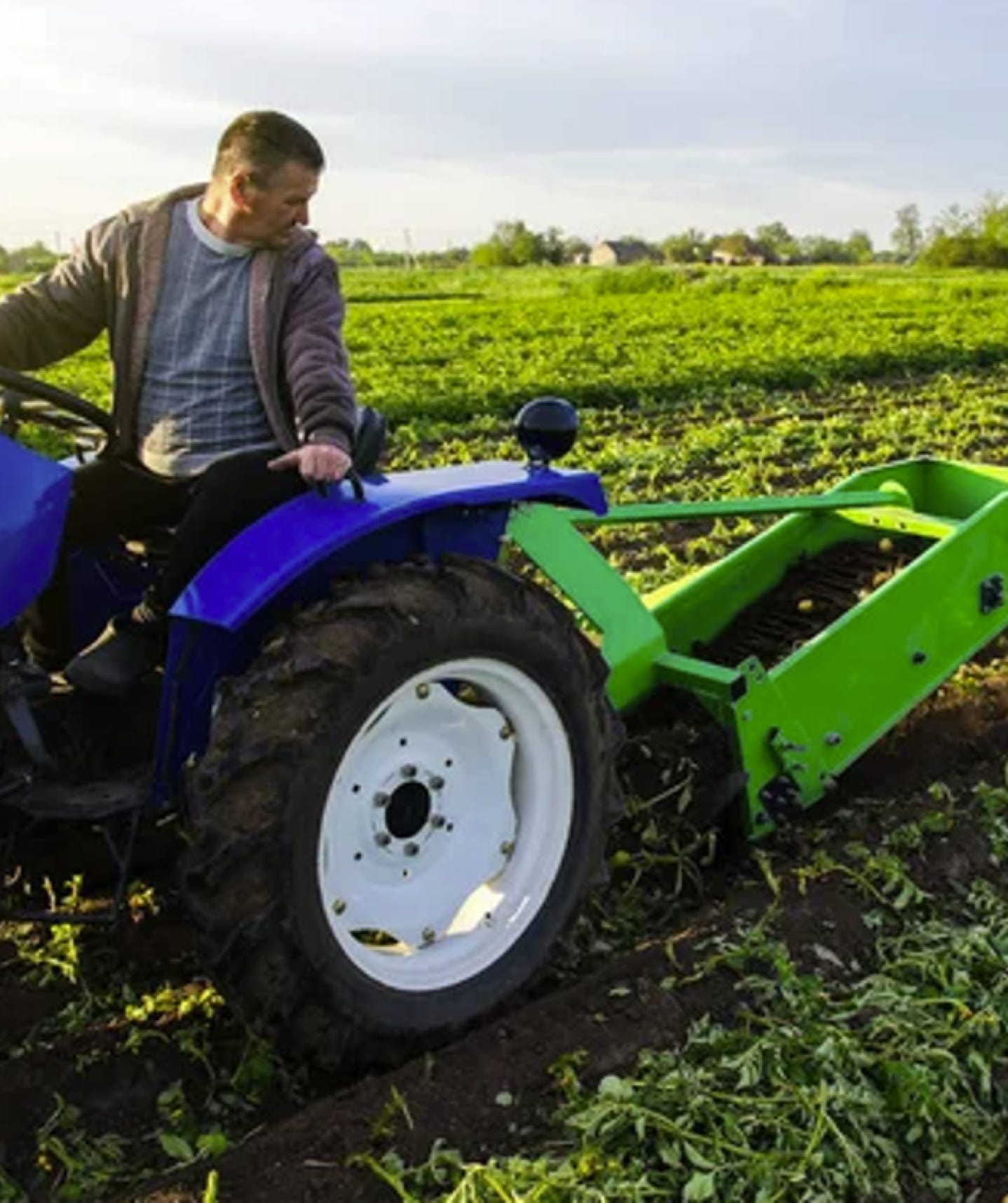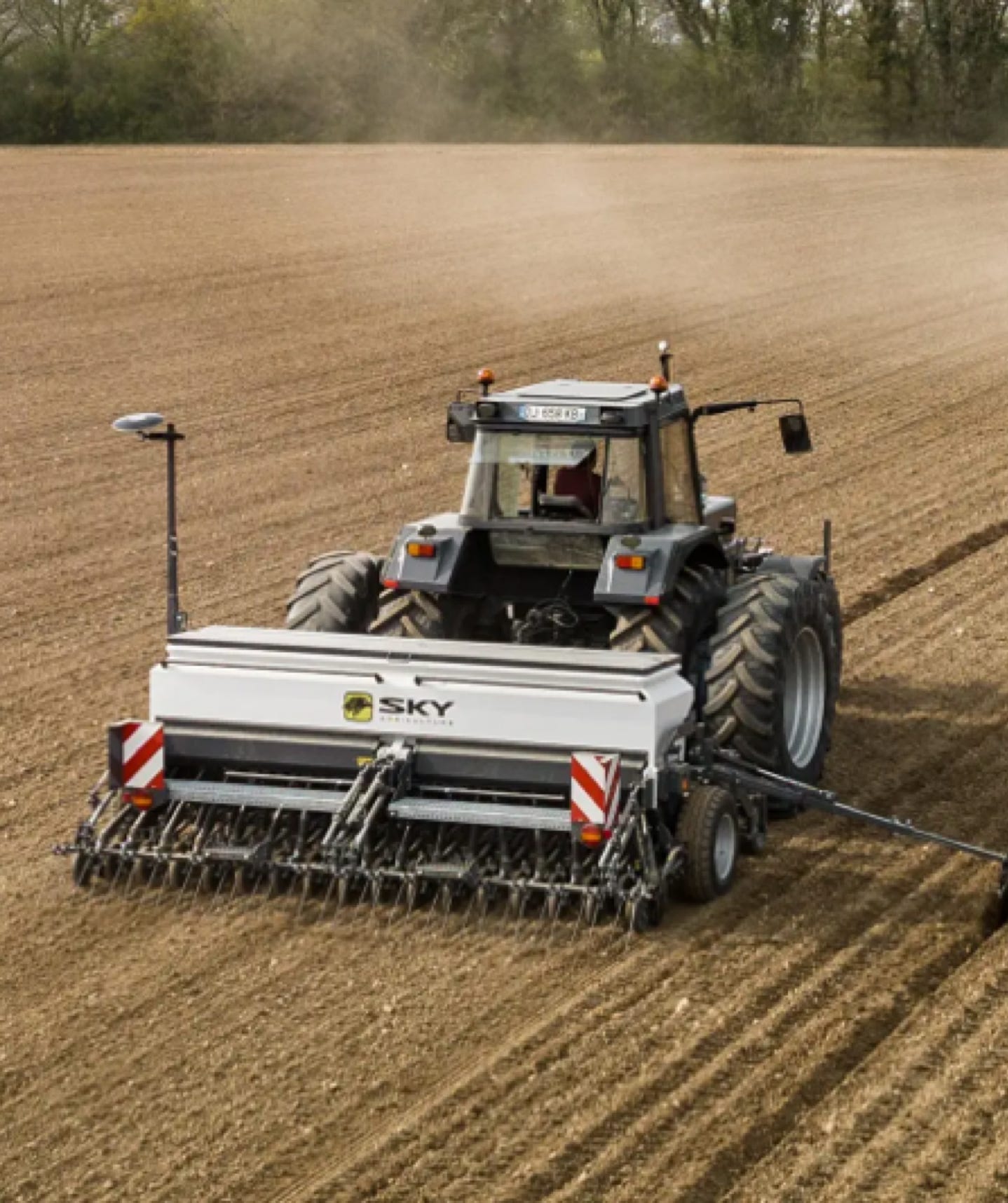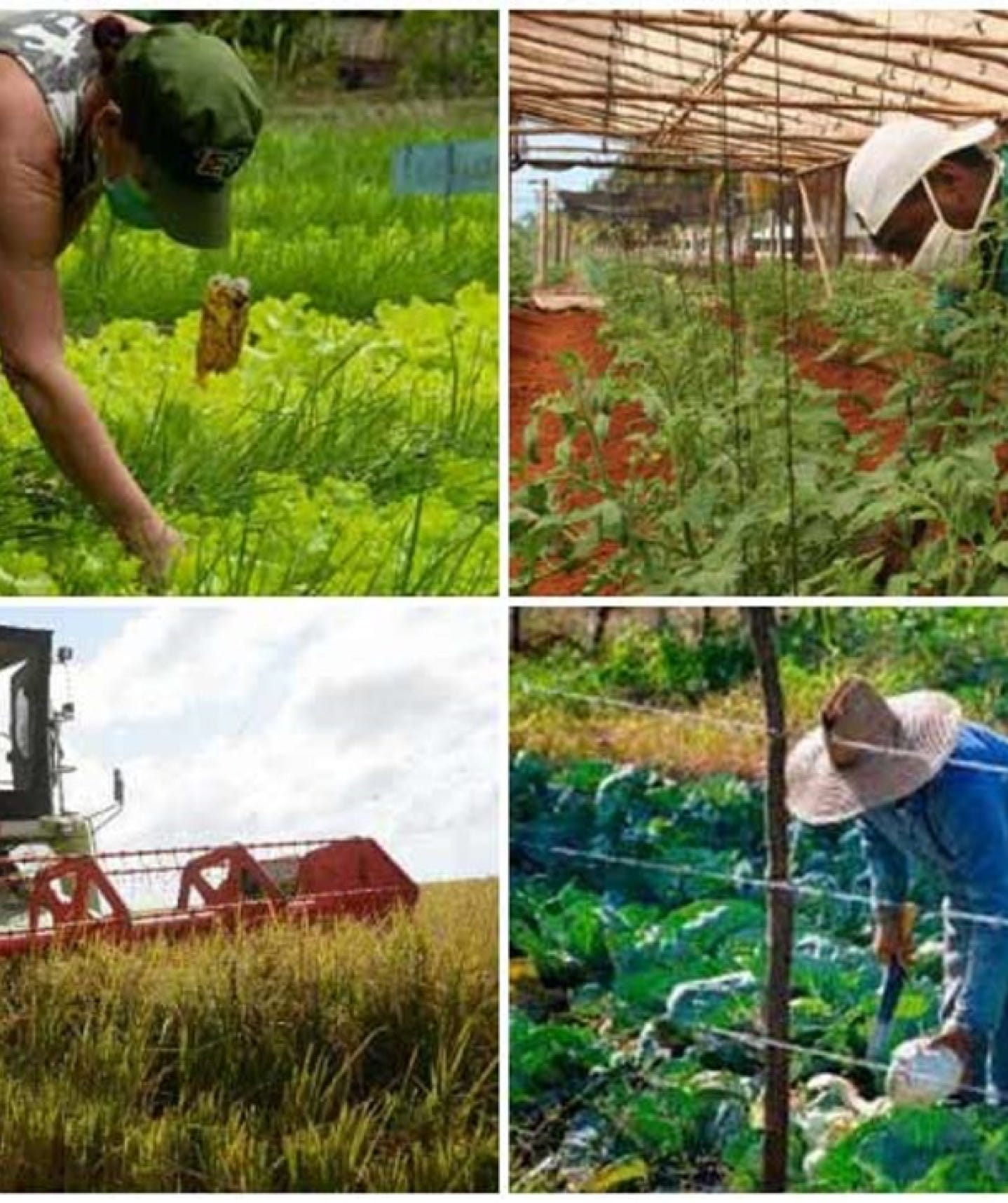Two ways of growing
There are 2 methods of cultivation that will make it possible to combine a sustainable agriculture model with sufficient and profitable self-agriculture for the farmer and therefore sovereign for the country.


Food agriculture refers to a method of agricultural production intended primarily to feed the local family or community. It is based on basic food crops such as corn, millet, rice, cassava or vegetables. Often practiced on small surfaces, it uses hand tools or light mechanization.
Yields are generally modest, but this agriculture ensures direct food security. It is very present in rural areas of Africa, Asia and Latin America. Food agriculture is often diversified, also integrating livestock or agroforestry.
It depends heavily on climatic conditions and access to water. Although little connected to international markets, it plays a central role in the fight against hunger. Its enhancement requires training, access to improved seeds, and better resource management.
Semi-intensive agriculture is an intermediate production system between extensive agriculture (low inputs, low yields) and intensive agriculture (high mechanization, chemical inputs, high yields). It seeks to increase agricultural yields while controlling costs and environmental impacts.
It is generally based on good resource management: selection of improved varieties, rational fertilization (organic or mineral), adapted irrigation, and sometimes light mechanization. This type of agriculture is common on medium-sized farms in rural areas, especially in Africa, Asia or Latin America.
It can be practiced both for food crops (corn, cassava, rice) and for certain rent crops (peanut, cotton, banana). Semi-intensive agriculture improves food security, generates income while preserving soil fertility if it is well supervised.
It is often accompanied by agro-ecological practices or technical training, to avoid a drift towards the uncontrolled intensive.


Sustainable semi-intensive cereal agriculture aims to produce cereals (corn, rice, millet, sorghum, wheat...) in a more productive way while respecting natural balances. It is based on reasoned practices: selected seeds, balanced fertilization, crop rotation and controlled irrigation.
Unlike pure intensive, it limits the excessive use of chemical inputs to preserve soils and biodiversity. It favors organic inputs (compost, manure) and soil conservation techniques such as reduced plowing or mulching.
The targeted use of light mechanization (seeder, sheller, drip irrigation) improves yields while reducing hardship. This approach is particularly suitable for medium-sized farms in rural areas.
It promotes food security, reduces losses and strengthens the autonomy of producers while preparing a transition to more sustainable and resilient agriculture.
Sustainable semi-intensive specialized agriculture concerns crops with high added value such as arboriculture (mango, citrus fruits), vegetable crops (tomato, onion, pepper), or aromatic and medicinal plants. This type of production focuses on one or a few crops, taking particular care of technical routes.
In semi-intensive mode, modern practices (controlled irrigation, improved seeds, reasoned fertilization) are combined with respect for natural balances. The moderate use of inputs, composting, rotation, and biological control make it possible to preserve the fertility of the soil and the quality of the products.
Production is more profitable, better valued on local or regional markets, and often integrated into short circuits. It requires more technicality, but offers interesting economic opportunities for small producers.
It is an ideal way to develop sustainable, professional agriculture adapted to environmental challenges.


Sustainable forestry refers to the rational management of forests with the aim of reconciling wood production, biodiversity preservation and environmental services. It is based on practices that respect the natural cycles of trees, promote the regeneration of local species and limit the impact of cuttings on soils and ecosystems.
It involves long-term monitoring, crop planning, and sometimes the association of complementary species. The goal is to produce wood (heating, construction, processing) without compromising the forest resources of future generations.
Sustainable forestry also helps fight deforestation, store carbon and regulate the local climate. It can be part of agroforestry projects, in addition to agriculture.
By intelligently exploiting the wood resource, it offers a viable economic model while strengthening the ecological functions of the forest.
Ce site web utilise les cookies. Veuillez consulter notre politique de confidentialité pour plus de détails.